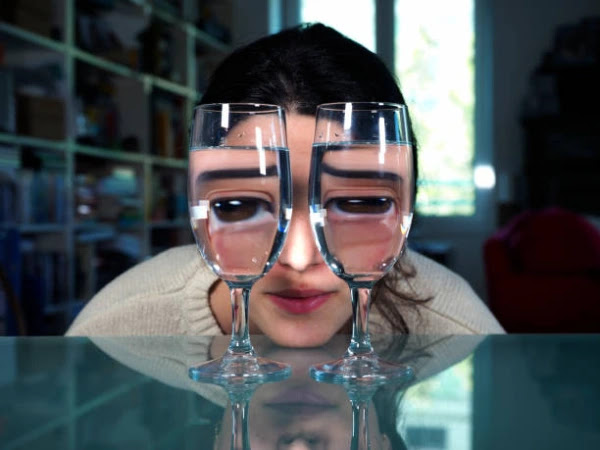Connection Between Lipstick Choices and Personality Traits
Myth or Reality?
Introduction:
The relationship between lipstick choices and personality
traits has long been a topic of fascination and speculation. From bold reds to
soft pinks, the color and style of lipstick that individuals choose to wear
often seem to reflect their inner selves. But is there any truth to this
perception, or is it merely a myth perpetuated by popular culture and anecdotal
evidence? In this exploration, we delve into the connection between lipstick
choices and personality traits to determine whether it is rooted in reality or
remains a product of societal constructs.
The Psychology of Color:
Before delving into the connection between lipstick choices
and personality traits, it is essential to understand the psychology of color.
Colors evoke emotional responses and can influence mood, behavior, and
perceptions. For example, red is often associated with passion, confidence, and
assertiveness, while pink is associated with femininity, romance, and
nurturing. Similarly, neutral shades like nude or brown may signify simplicity,
practicality, and down-to-earthness.
It is within this framework of color psychology that
individuals make choices about the lipstick colors they wear, consciously or
unconsciously selecting shades that align with their mood, personality, or
desired image.
The Myth:
The notion that lipstick choices can reveal insights into
one's personality is deeply ingrained in popular culture and media
representations. From femme fatales sporting sultry red lips to sweet ingénues
adorned with soft pink hues, the association between lipstick colors and
personality archetypes permeates fashion magazines, films, and advertising
campaigns. Additionally, personality tests and quizzes often incorporate
questions about lipstick preferences, further perpetuating the idea that
lipstick choices can offer insights into one's character.
However, the validity of this connection remains largely
anecdotal and lacks empirical evidence. While some may argue that certain
personality traits are more likely to gravitate towards specific lipstick
colors, others contend that individual preferences are shaped by a multitude of
factors, including cultural influences, personal style, and current trends.
The Reality:
Despite the lack of scientific consensus, research in the
field of color psychology suggests that there may be some merit to the
connection between lipstick choices and personality traits. Studies have shown
that individuals often associate certain colors with specific emotions or
characteristics, and these associations can influence their perceptions of
themselves and others.
For example, a study published in the Journal of Personality
and Social Psychology found that wearing red clothing or accessories can
enhance perceptions of attractiveness and confidence. Similarly, research conducted
by psychologists at the University of Rochester revealed that women who wore
red lipstick were perceived as more attractive and competent than those wearing
no lipstick or a different color.
These findings suggest that the color red, commonly associated
with boldness and self-assurance, may indeed influence perceptions of
personality traits when applied to lipstick choices. However, it is essential
to note that individual interpretations of color can vary widely, and factors
such as cultural background, personal experiences, and social context may also
play a significant role in shaping perceptions.
Furthermore, the texture and finish of lipstick, in addition
to its color, may convey subtle cues about personality traits. Matte lipsticks,
for example, are often associated with sophistication and elegance, while
glossy lipsticks may suggest a more playful or youthful demeanor. Likewise,
unconventional lipstick choices, such as black or blue hues, may signal a
rebellious or avant-garde personality.
Conclusion:
In conclusion, the connection between lipstick choices and
personality traits remains a complex and nuanced subject. While popular culture
and anecdotal evidence suggest that certain lipstick colors may be associated
with specific personality archetypes, scientific research on the topic is
limited and inconclusive. While color psychology offers insights into the
emotional and psychological effects of color, individual interpretations of
lipstick choices are likely influenced by a multitude of factors.
Ultimately, the relationship between lipstick choices and
personality traits may be more subjective than objective, with individuals
selecting shades that resonate with their mood, style, and self-perception. As
such, while lipstick choices may offer glimpses into one's personality, they
should be viewed with caution and considered within the broader context of
individual preferences and cultural influences.
